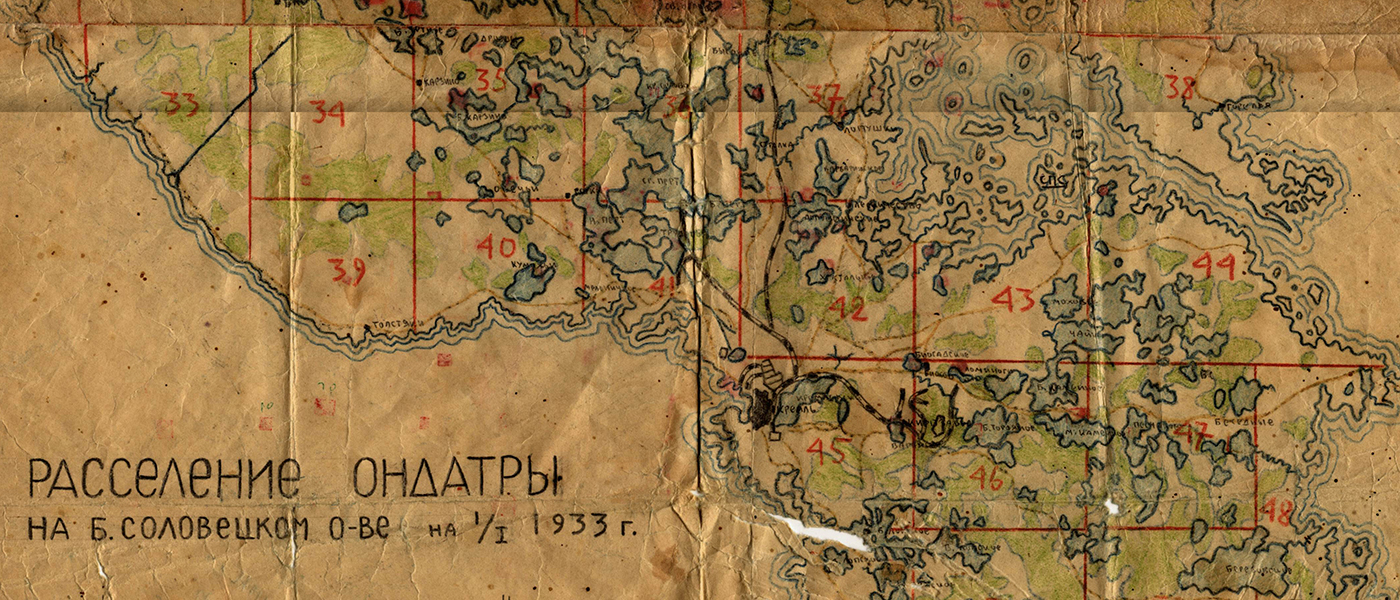BEAUTY IN HELL: CULTURE IN THE GULAG

Research Activities
The Solovki Prison Camp hosted some research centres and other cultural activities. This was possible thanks to the initiative of Fedor Eikhmans, the camp administrator who helped the intelligentsia in the camp. The results of the research activities were featured in every publication of the Solovki press.
A hydro-meteorological station was established soon after the creation of the camp. This was led by the Serbian professor Vladimir Krivosh-Nemanich, who would send bulletins and publish articles on meteorological issues in the camp publications.
The studies produced by the many professors and scientists kept prisoner in the camp gave insights on the camp and the history and culture of the Solovki. Eikhmans decided to use the expertise of the inmates and created the 'SOK' (the Solovki Society of Ethnography). The inmates working at the 'SOK' were employed full-time on research and would publish their studies on the pre-historic labyrinths of the archipelago and economic issues or the history of the monastery.
The camp had also a Department of Criminology, the 'Krimkab', where the inmate-scholars would study the behaviour of criminals. Dmitrii Likhachev, who would become a leading academic, worked at the 'Krimkab' with other inmates such as the philosopher Aleksandr Meier. Likhachev would later define his experience at the 'Krimkab' as 'a second university (but first for importance)'.
Among the other research activities, the camp had a biological station where inmate-scientists would conduct research. It was here that Pavel Florenskii worked for the last period of his life until he was executed. The camp also had a club where inmates would meet and organise seminars, round tables, dances and debates.
Back to
Museum and Library

